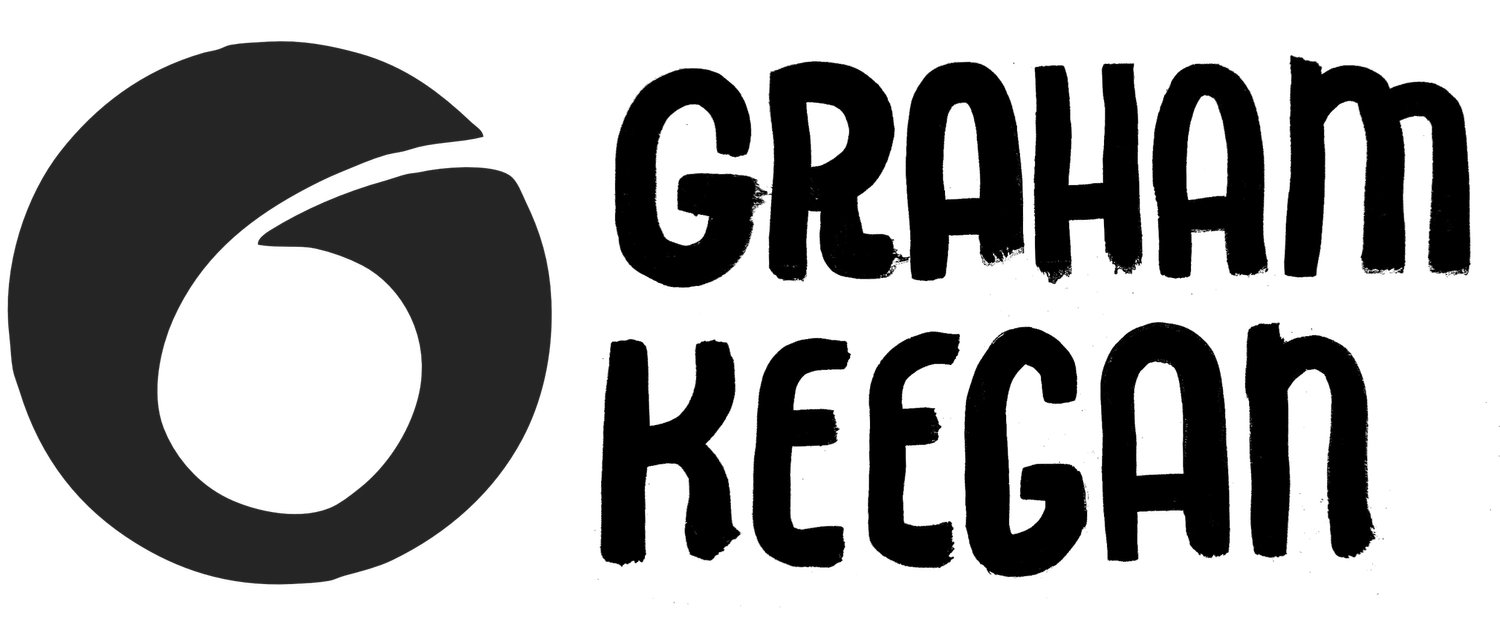Materials and Fabrics Suitable for Indigo Dyeing
Q: Is cotton a good type of cloth to dye? Are certain fabrics more suited to indigo dye than others?
A: Yes, cotton would be great! In fact, the bandana that's included in the kit is 100% cotton.
The indigo vat style provided in this natural dye kit is know as the iron vat and contains ferrous sulfate and lime, both of which can be damaging to finer protein fibers like wool and silk. If you would like to dye with protein fibers, make sure to avoid the sediment which settles at the bottom of the vat. If you make contact with the sediment, thoroughly rinse your piece as soon as possible. As soon as you are finished dyeing any protein fibers, before they have had a chance to dry, make sure that you THOROUGHLY rinse in cold and warm water and pH balance them. I recommend a prolonged soak (half hour or so) in a solution of 1/4 cup vinegar (any 5% acetic acid variety will do) to one gallon of water, agitating occasionally to restore the pH of your item to slightly acidic.
All plant based fibers work exceptionally well in this vat style, that includes bamboo, cotton, hemp, linen, ramie, rayon, etc. And as you'll see when using the clamps included with the kit, even wood dyes very well! These cellulose based fibers are more amenable to dyeing in the alkaline conditions of the indigo vat. When you’ve finished dyeing with them, do make sure to pH balance as well though, using the citric acid included in the kit.
Synthetic fibers like polyester, nylon and nylon, rubber, neoprene, etc. do not dye well.
